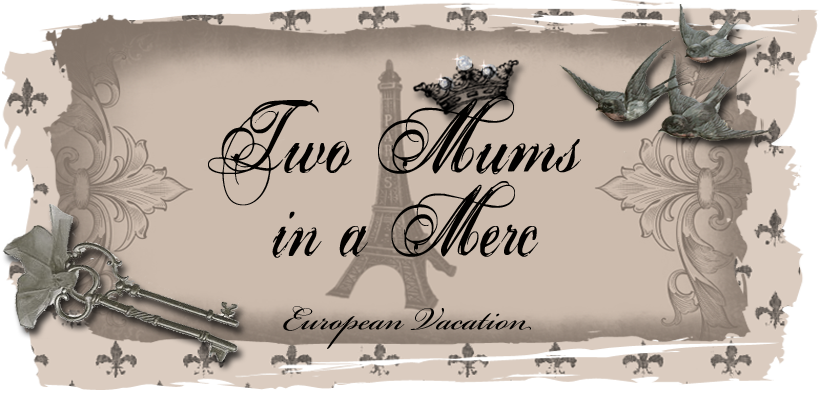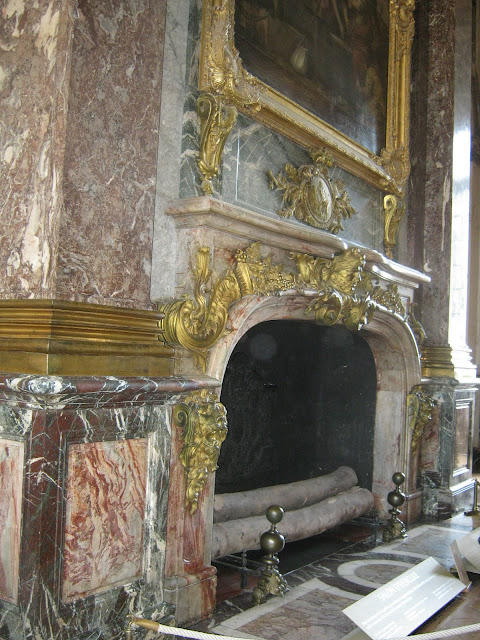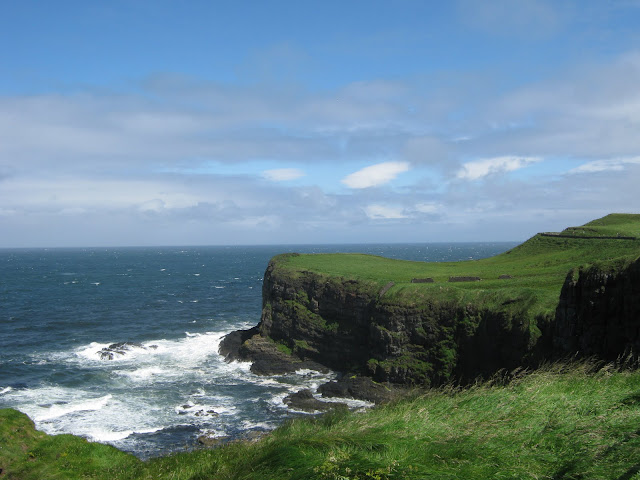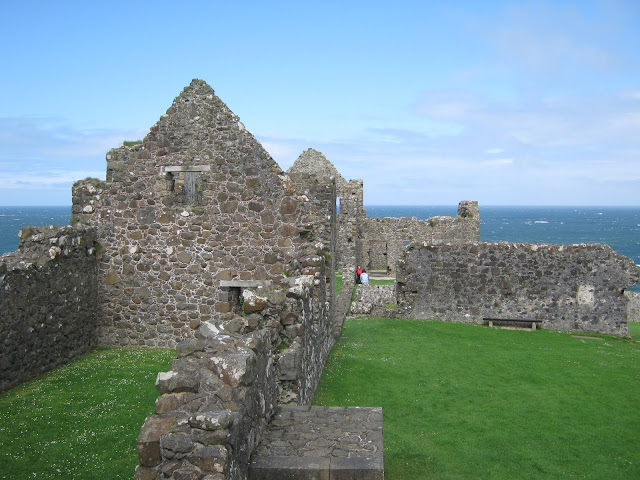A day trip out and around Devon took us to a pretty little town called Tavistock where so many of the historic buildings are preserved.This is the police station.
We travelled into Cornwall and made our way to a port town called Looe. It has been used as a resort town for hundreds of years and the old buildings are perched up high on the hills. It was the first Sunday of the English school holidays, so it was a very busy place, with all the tourists clamouring for ice creams.
Because we were in Cornwall, we did as the Cornish do and ate a Cornish pasty on the beach. Perfect! The weather was much more pleasant than the pictures show, but it was an ominous sign of things to come.
With plenty more daylight to work with (it was only 7pm and the sun wasn't setting until 10.00 most nights) we headed to Port Isaac, which is where the English series Doc Martin is filmed. As we approached the inlet town, a thick and eerie mist descended.
We still managed to walk up the path to Doc Martin's house and saw the school where Louisa teaches. Doc Martin fans will know who I mean. Here is the Old School House Restaurant, which becomes the school during filming. The cars belong to the restaurant patrons.
This is the path that Doc Martin walks along to get to his surgery in the fictitious village of Port Wenn...
and here is his surgery below. Hidden in the shrubbery next to the path are large bunches of electrical cables that the crew would use for cameras and lights.
The village of Port Isaac is a very old fishing village in Cornwall, tucked away on a hilly and rocky coastline. The streets are only one car wide, so visitors must use public parking facilities and walk through the lanes to the many gift shops and tea rooms.


























































